Ten years after the most recent major exhibition about Emperor Charles IV and the Luxembourg dyansty (shown in
New York and Prague), the National Gallery in Prague and curator/director Jiři Fajt returned to the topic, and organized a major exhibition dedicated to the Emperor. The occasion was the 700th anniversary of the birth of Charles IV, King of Bohemia and Holy Roman Emperor - hence the short logo-title of the exhibition: K700. The exhibition was jointly organized by the National Gallery in Prague and the House of of Bavarian History, and will be shown later this year in Nuremberg as well. I managed to catch it in Prague before it closed on September 25, 2016, at the
Waldstein Riding School.
Titled Emperor Charles IV 1316-2016, the topic of the Czech-Bavarian exhibition is summarized in the press release of the National Gallery:
"Charles IV is among the most frequently portrayed medieval monarchs. Not only was he a wise and pious ruler, but also a successful collector of royal crowns. He liked to dress in the latest Paris fashion and participated in jousting tournaments. One of them was nearly fatal, permanently affecting his appearance as shown in his many portraits. The first Czech-Bavarian Land Exhibition Emperor Charles IV 1316–2016, held at the Waldstein Riding School of the National Gallery in Prague, not only gets to the heart of the traditional Charles IV themes but also focuses on the less popularised ones. About 200 precious exhibits will present the emperor’s personality, a perspective on him by his adherents and opponents, art, and Jewish pogroms." Along with other materials, this press release can be downloaded from the
website of the National Gallery.

What follows is not a proper review of the exhibition - I would merely like to summarize a few of my observations about the exhibition. As the court of Charles IV was one of the most important artistic centers of 14th century Europe, it is no surprise that the exhibition was full of beautiful, even breathtaking works of art. The highlights for me were some of the reliquaries commissioned by the Emperor, as well as the statues and paintings made for Prague or Karlstein castle. Some monumental works also made it into the exhibition hall, including the tympanum relief with Passion scenes from the north portal of Tyn Church (Prague). Given the partnership with Nuremberg, one of the richest section of the exhibition consisted of works stemming from Nuremberg, including the monumental Waldstromer’s window from the hospital church of St Martha in Nuremberg, which rose over 5 meters high in the exhibition space. Further sections focused on other artistic centers in Bohemia, apart from Prague and Karlstein, as well as on artistic developments in the northern German areas of Brandenburg and neighboring territories. Special attention was given to the French upbringing of Charles, and the influence of Parisian court art at his court - high-quality loan objects illustrated the types of objects likely available in Prague, and one of the last sections focuses on the final journey of Charles to Paris in 1378.
 |
Cat.04.08. - Ewer for the tablecloth
of the Last Supper |
A special section was dedicated to the contemporaries and opponents of Charles IV - however, I felt that rather little attention was given to his Central European neighbors in Vienna, Cracow or Buda. I would like to make a few small observations about objects with Hungarian connections. One of these was a centerpiece of the display of reliquaries: a rock crystal ewer once holding the tablecloth used for the Last Supper. The relic was a gift of Hungarian King Louis the Great before 1350. Some high-quality goldsmith works commissioned by Louis the Great are also on view: a mantle clasp and escutcheons with the coat of arms of Hungary, coming from the Hungarian chapel by Aachen Cathedral. The chapel was established in 1367, and these objects are part of a larger group donated by the ruler. Contrary to the label in the exhibition, Hungarian art historians have long disproved the identification of their makers as the brothers Martin and George of Klausenburg (Kolozsvár/Cluj). Next to these objects the wonderful Fonthill vase was on view (from the National Museum of Ireland) - which is the first documented Chinese porcelain object in Europe. Unfortunately, it has no connection either to Charles IV or the Hungarian Angevin Court - it has long been demonstrated that the object was mounted in the Neapolitan Angevin court (as I
summarized it here in this blog a few years ago).
These are minor points. Another issue is a bit more significant - unfortunately, the catalogue of the exhibition has not yet been published. As far as I know, the catalogue is in preparation, and will be published for the second, Nuremberg venue of the exhibition. So far only a guide to the exhibition is available (In English, German and Czech editions), which includes the text of the exhibition labels and illustrations (Emperor Charles IV 1316-2016, Exhibition guide. Jiří Fajt, in cooperation with Helena Dáňová. Prague, 2016, 188 pp.). The exhibition, however, has its
own website, and an illustrated
visual and audioguide is also available, as well as additional publications.
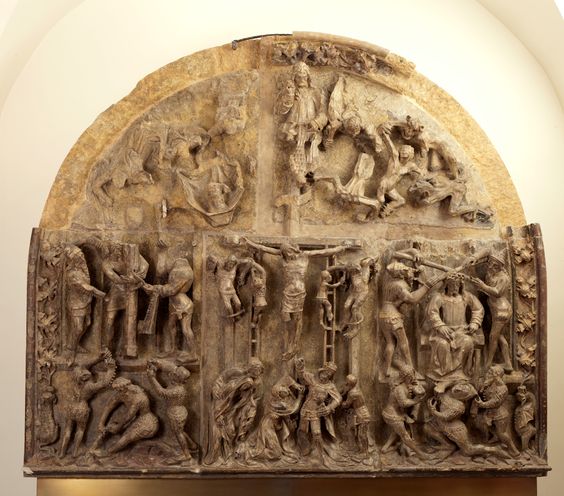 |
| Cat. 08.11. - Tympanum of Tyn Church, Prague |
It should also be mentioned, that at the occasion of the 700th anniversary, a series of other exhibitions were organized in Prague by the Prague Castle. These include an exhibition dedicated to the Cathedral of St. Vitus, with life-size replicas of the famous triforium busts, as well as a display of the burial costumes of Bohemian rulers. Another exhibition focused on royal coronations in Bohemia. Information on these exhibitions is available on the website of
Prague Castle.
 |
| Cat. 09.06. Panel from Retable of the Virgin, Nuremberg, St. Clare |
The main exhibition, now simply titled
Charles IV., will be on wiew at the
Germanisches Nationalmuseum Nürnberg from 20 October 2016 until 5 March 2017. See also the
website of the Haus der Bayerischen Geschichte, one of the co-organizers.
Photos in this blog post come from the websites associated with the exhibition, and linked to above. In addition, I have collected a number of objects included in the exhibition on
Pinterest. Some images come with links to fully digitized manuscripts.

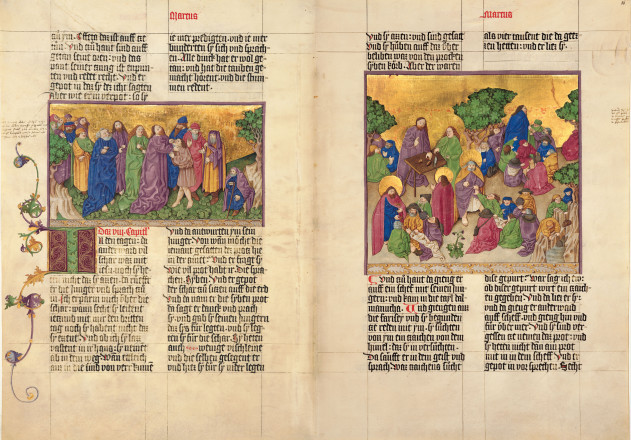
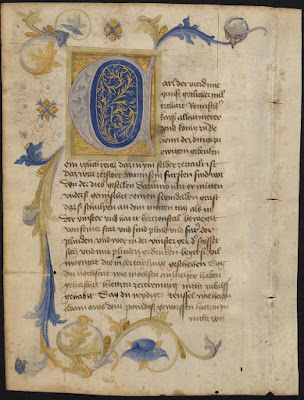












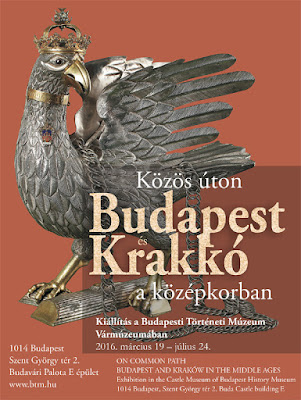

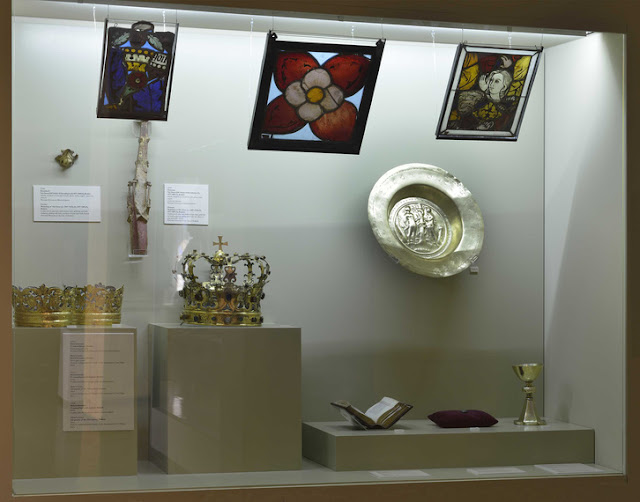
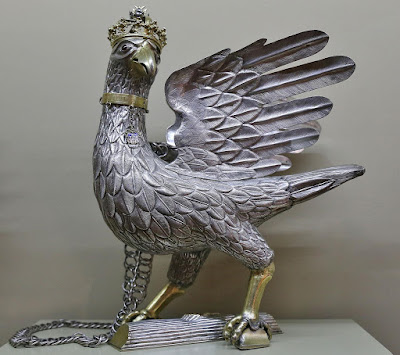



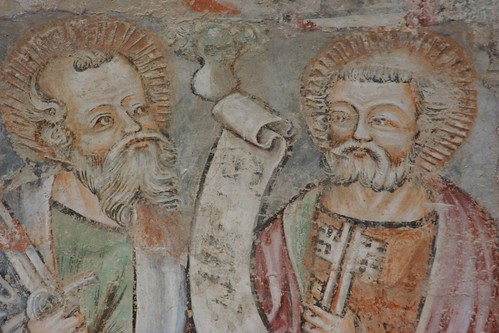






.jpg)
.jpg)




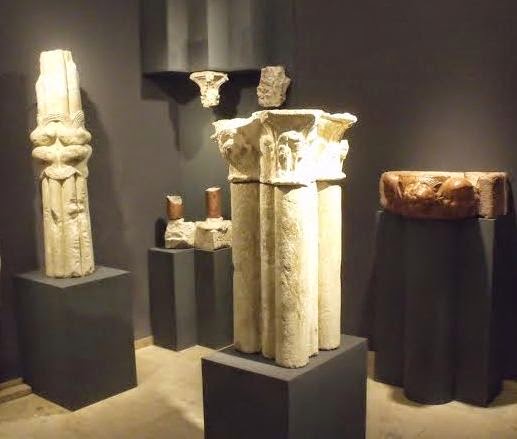.jpg)







.jpg)
.jpg)



